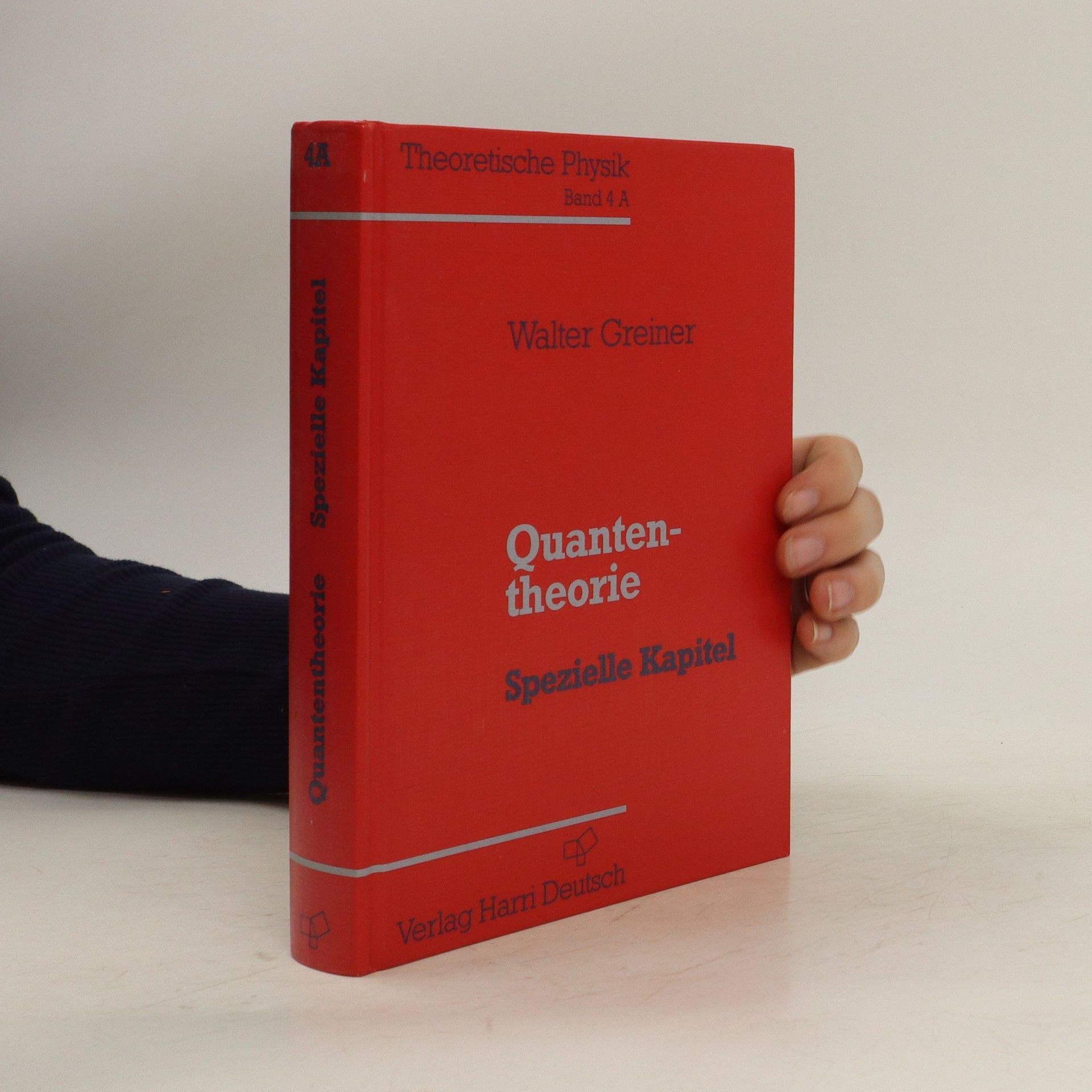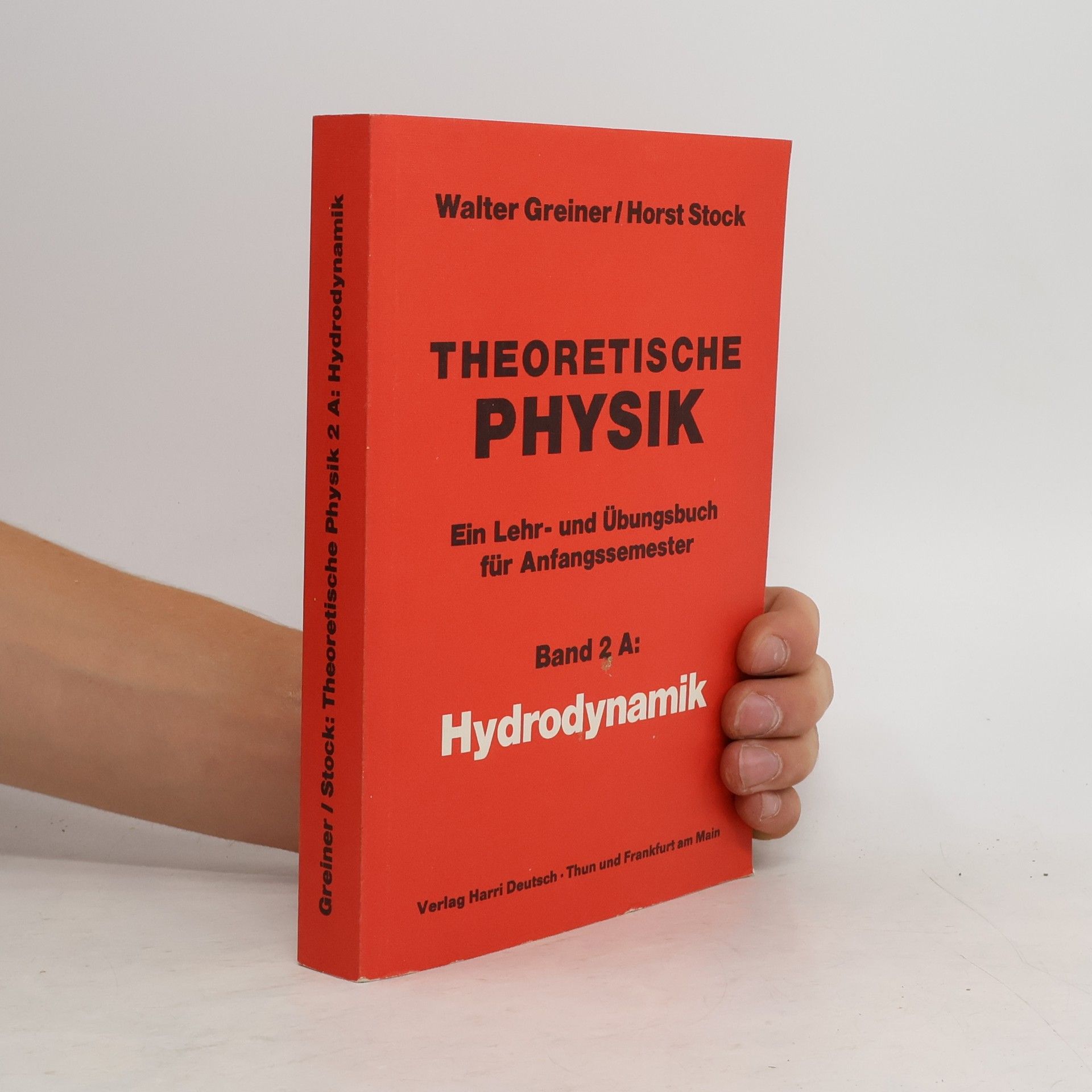Walter Greiner Knihy

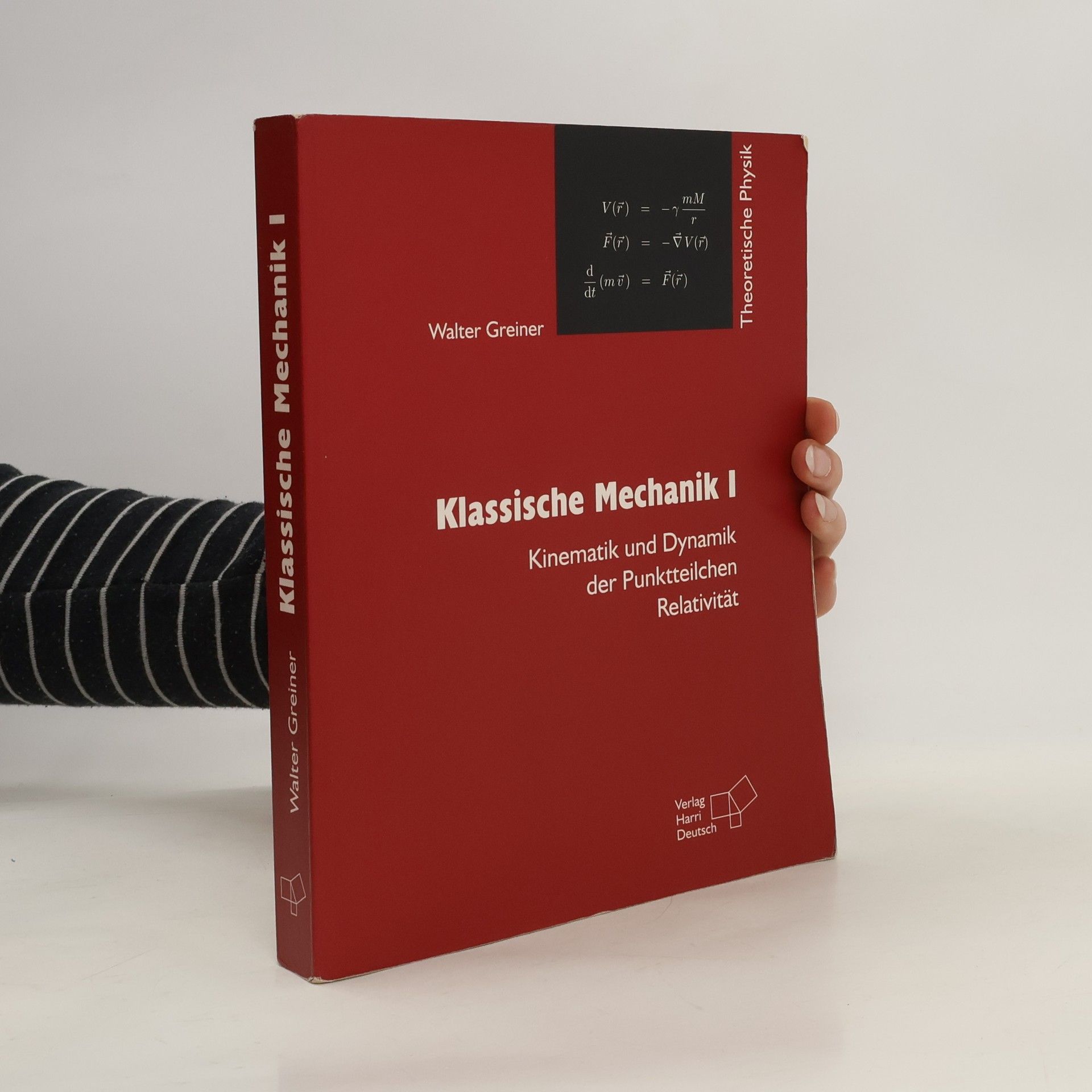
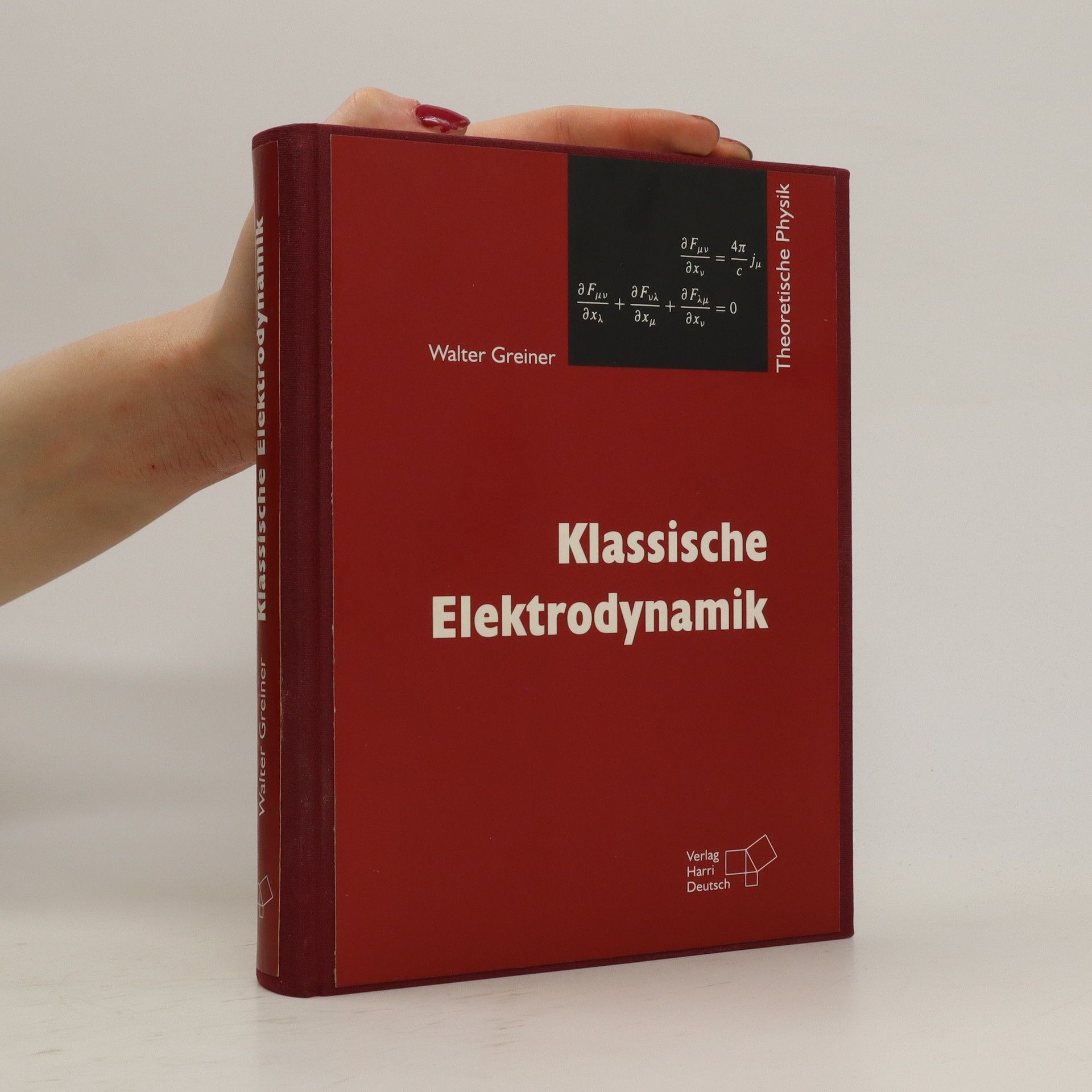
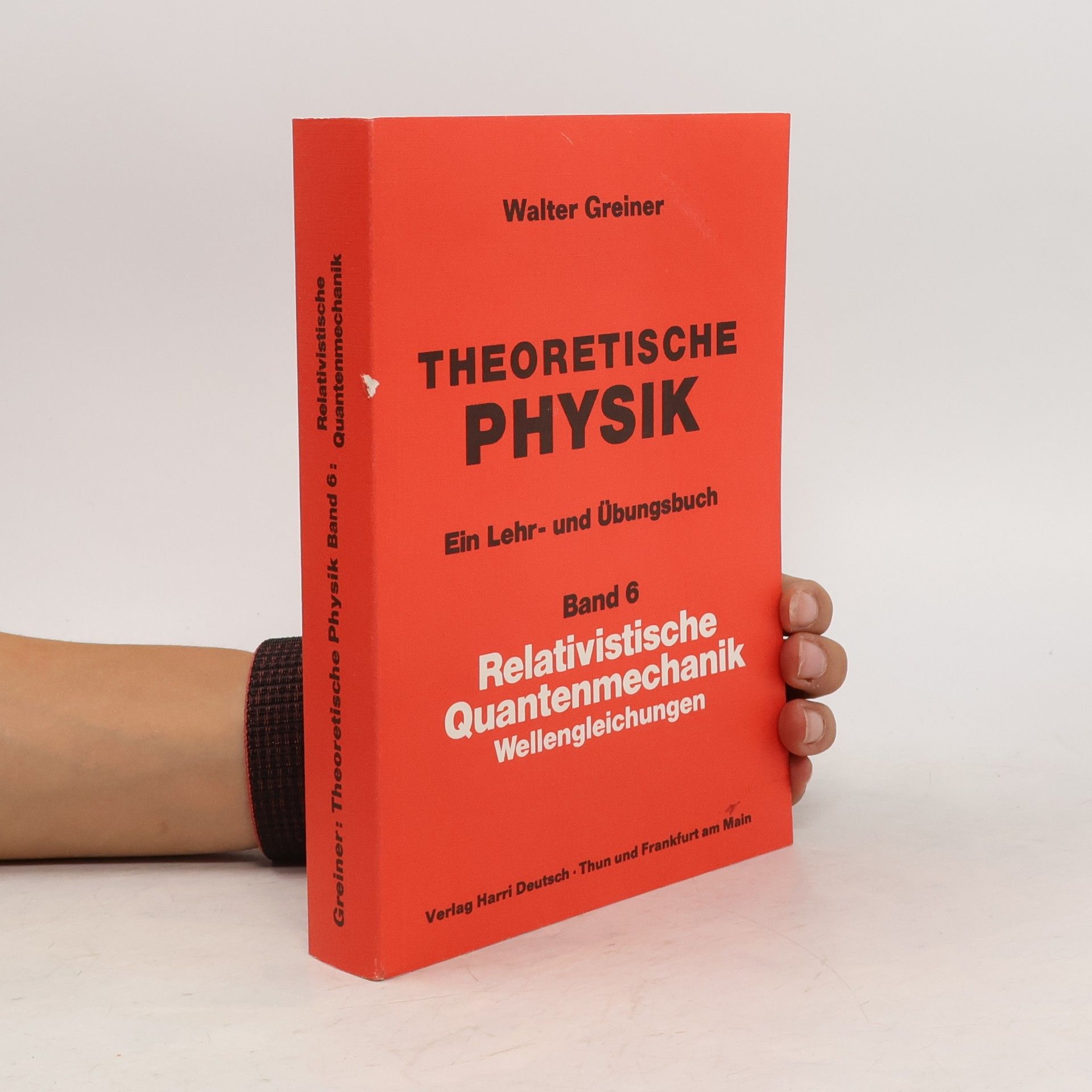
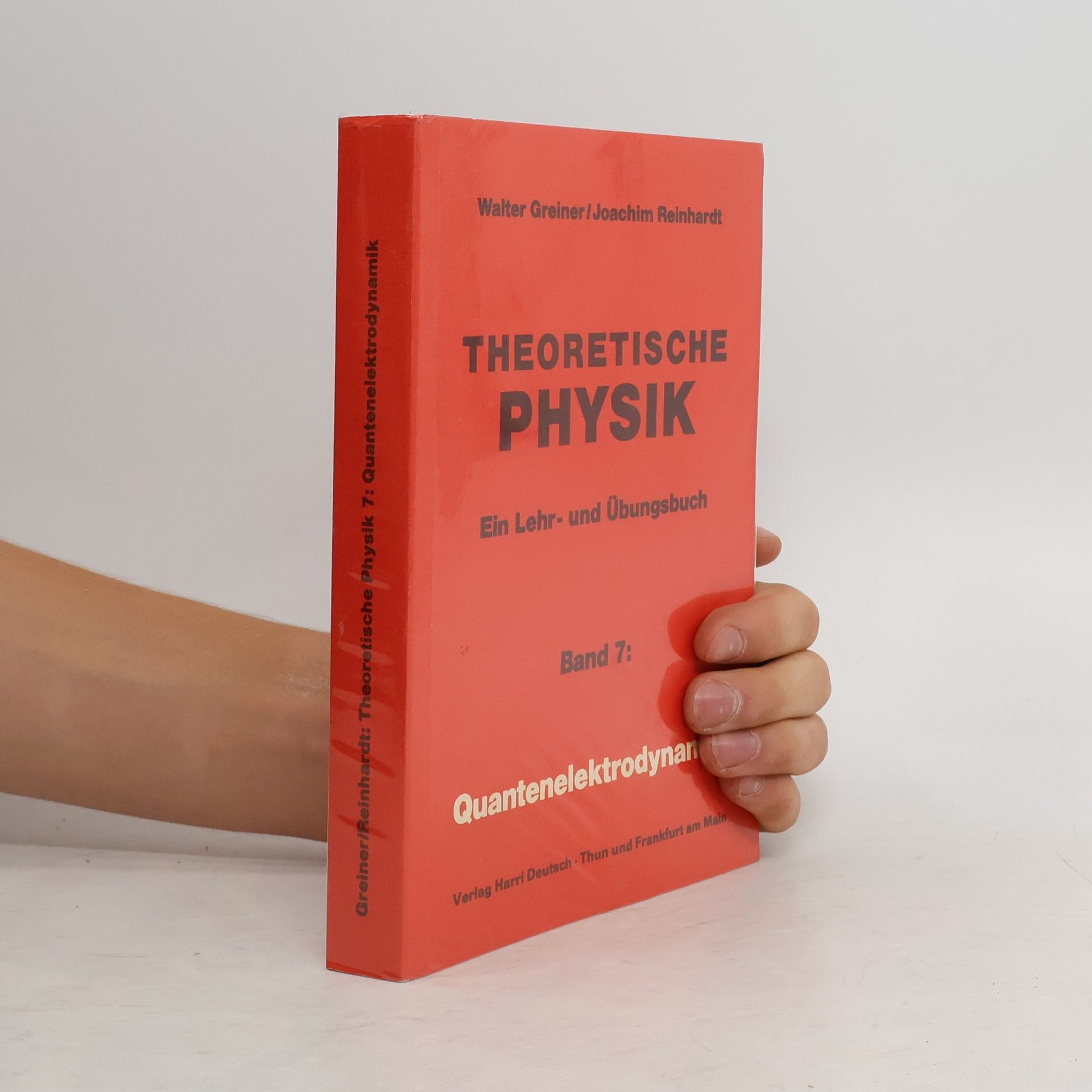

Klassische Elektrodynamik
- 542 stránek
- 19 hodin čtení
Die vorliegende Klassische Elektrodynamik ist aus Vorlesungen hervorgegangen, die sich in langen Jahren als Teil des Studienprogramms der Theoretischen Physik an der Johann Wolfgang Goethe-Universität in Frankfurt am Main bewährt haben. Die Vorlesungen werden dort Studierenden der Physik und Mathematik im dritten Semester angeboten, im Anschluß an eine zweisemestrige Einführung in die Theoretische Mechanik. Die Klassische Elektrodynamik wird gemäß der induktiven Methode entwickelt, die der Vorgehensweise des in der Forschung aktiven Physikers am nächsten kommt: Ausgehend von einigen experimentellen Schlüsselbeobachtungen wird Schritt für Schritt der Rahmen der Theorie erarbeitet, und nachdem die grundlegenden Gleichungen - die Maxwellschen Gleichungen - gefunden sind, dienen diese als Ausgangspunkt zur Untersuchung neuer Phänomene. Neben zahlreichen Aufgaben mit vollständig durchgerechneten Lösungen wird in vielen Beispielen ein Bezug zu Anwendungen der Elektrodynamik in anderen Bereichen der Physik und in der Technik hergestellt. So wird zum Beispiel das Funktionsprinzip des Freien-Elektronen-Lasers detailliert erläutert.
Klassische Mechanik 1
- 467 stránek
- 17 hodin čtení
Der vorliegende Band ist aus langjährigen Vorlesungen an der Universität Frankfurt am Main hervorgegangen und bietet einen fundierten Einstieg in die Theoretische Physik. Die „Klassische Mechanik I“ behandelt die Newtonsche Mechanik und deren Erweiterung zur Speziellen Relativitätstheorie. Der Text ist verständlich und ansprechend gestaltet, ergänzt durch zahlreiche detaillierte Beispiele und Übungen, die auch für das Selbststudium geeignet sind. Ein besonderer Fokus liegt auf elementaren mathematischen Verfahren der Vektoralgebra und -analysis sowie der Theorie der linearen Differentialgleichungen, wodurch der Band auch als Vorkurs zur Theoretischen Physik dient. Die Newtonsche Mechanik wird anhand der Newtonschen Axiome behandelt, wobei Statik und Dynamik sowie das Gravitationsgesetz untersucht werden. Dies eröffnet ein breites Spektrum astronomischer Phänomene, die mit den erlernten Methoden analysiert werden können. Aktuelle Forschungsthemen wie die Erforschung des Sonnensystems, die Suche nach extrasolaren Planeten, die Dynamik von Galaxien und das Problem der Dunklen Materie werden angesprochen. Die Spezielle Relativitätstheorie wird anhand des Michelson-Morley-Experiments entwickelt, und der Minkowski-Formalismus führt zur relativistischen Mechanik. Viele Beispiele, etwa zu schnell bewegten Körpern und Anwendungen aus der Hochenergie-Physik, runden die Darstellung ab und wecken Interesse für die vielfältigen Aspekte
Klassische Mechanik I (Greiner)
Kinematik und Dynamik der Punktteilchen - Relativitätstheorie
Der Band bietet eine umfassende Einführung in die Klassische Mechanik und die Spezielle Relativitätstheorie, basierend auf langjährigen Vorlesungen an der Universität Frankfurt. Er enthält zahlreiche Beispiele und Übungen, die das Selbststudium unterstützen. Der Text behandelt auch aktuelle Forschungsthemen und weckt Interesse für die Theoretische Physik.
Quantentheorie
- 449 stránek
- 16 hodin čtení
